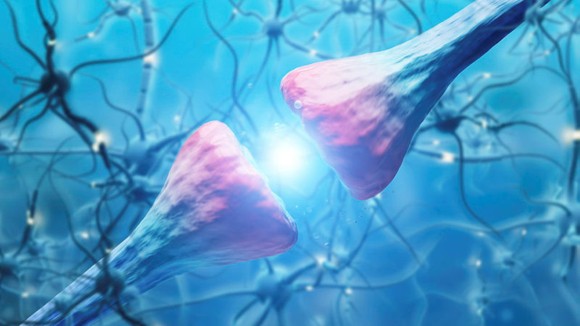To submit your manuscript for consideration at Communications Biology as part of this Collection, please use this link to our manuscript submission system and select the "Neural organoids" Collection from the alphabetical list on the “c) Subjects and Techniques” tab when completing manuscript information. Authors should also express their interest in the Collection in their cover letter. All manuscripts will be considered according to our editorial policies. Unfortunately, we cannot guarantee that any individual paper will be included in the desired Collection.

